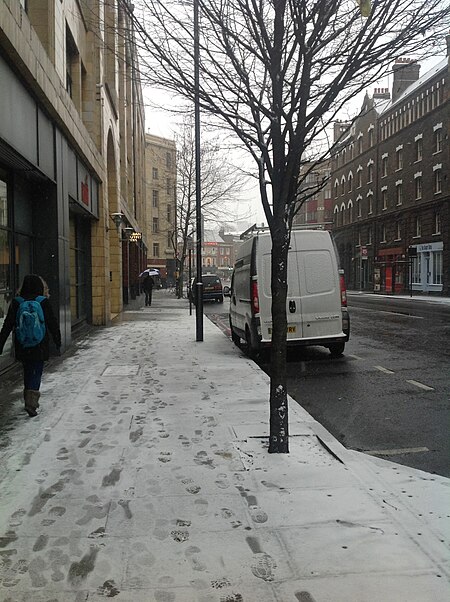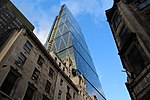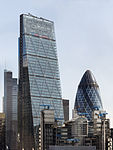The Exchange Building

The Exchange Building is a residential building in London named after the original purpose of the building, which was to be a Telephone Exchange for British Telecom. In the end BT never used the building instead using a building immediately behind in Jerome St - 1928 by the Office of Works. The Exchange Building is located on the A1202 Inner London Arterial Ring Road at 132 Commercial Street in Tower Hamlets. The Exchange Building stands opposite the Peabody building and is 20 metres (66 ft) tall, with 8 storeys. The building features the original metal and glass window design, which was intended to resemble the original Telephone Exchange style, with residential flats on each floor. The Exchange Building benefits from 24-hour porters as well as an underground car park.
Excerpt from the Wikipedia article The Exchange Building (License: CC BY-SA 3.0, Authors, Images).The Exchange Building
Lime Street, City of London
Geographical coordinates (GPS) Address Nearby Places Show on map
Geographical coordinates (GPS)
| Latitude | Longitude |
|---|---|
| N 51.5129 ° | E -0.0815 ° |
Address
Willis Towers Watson
Lime Street 51
EC3M 7DQ City of London
England, United Kingdom
Open on Google Maps










